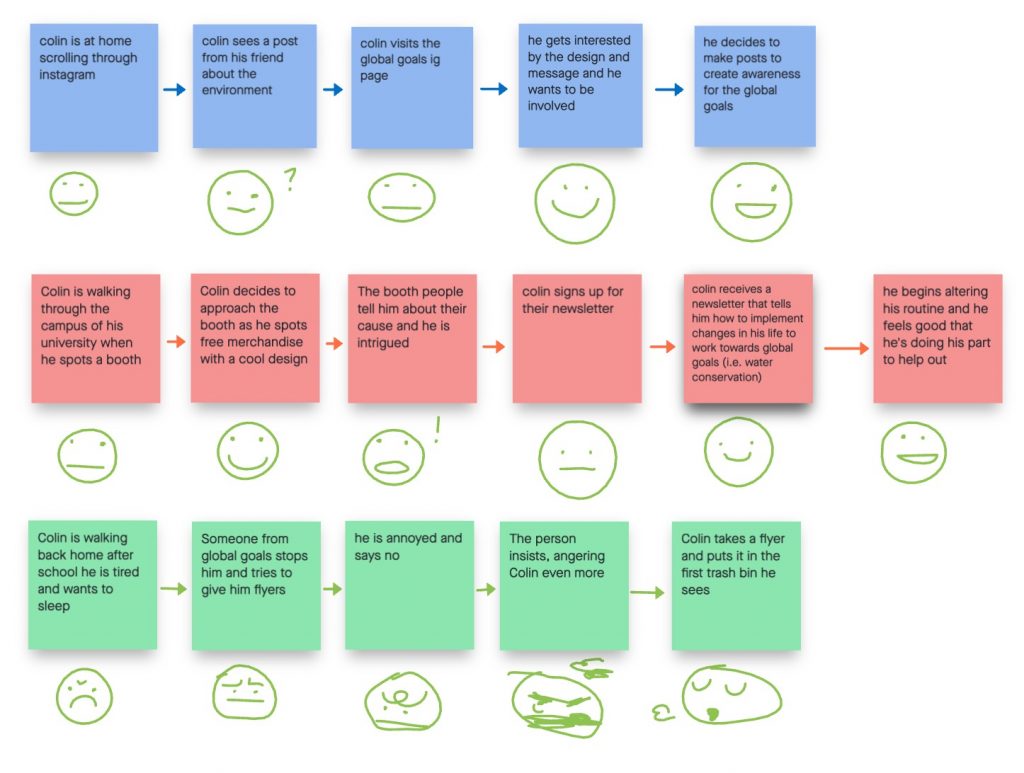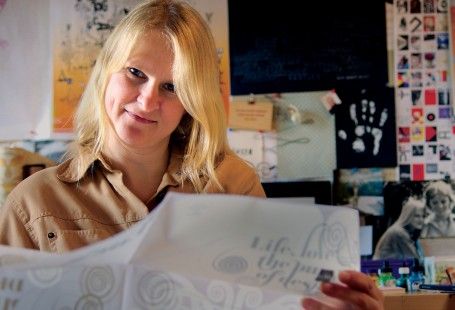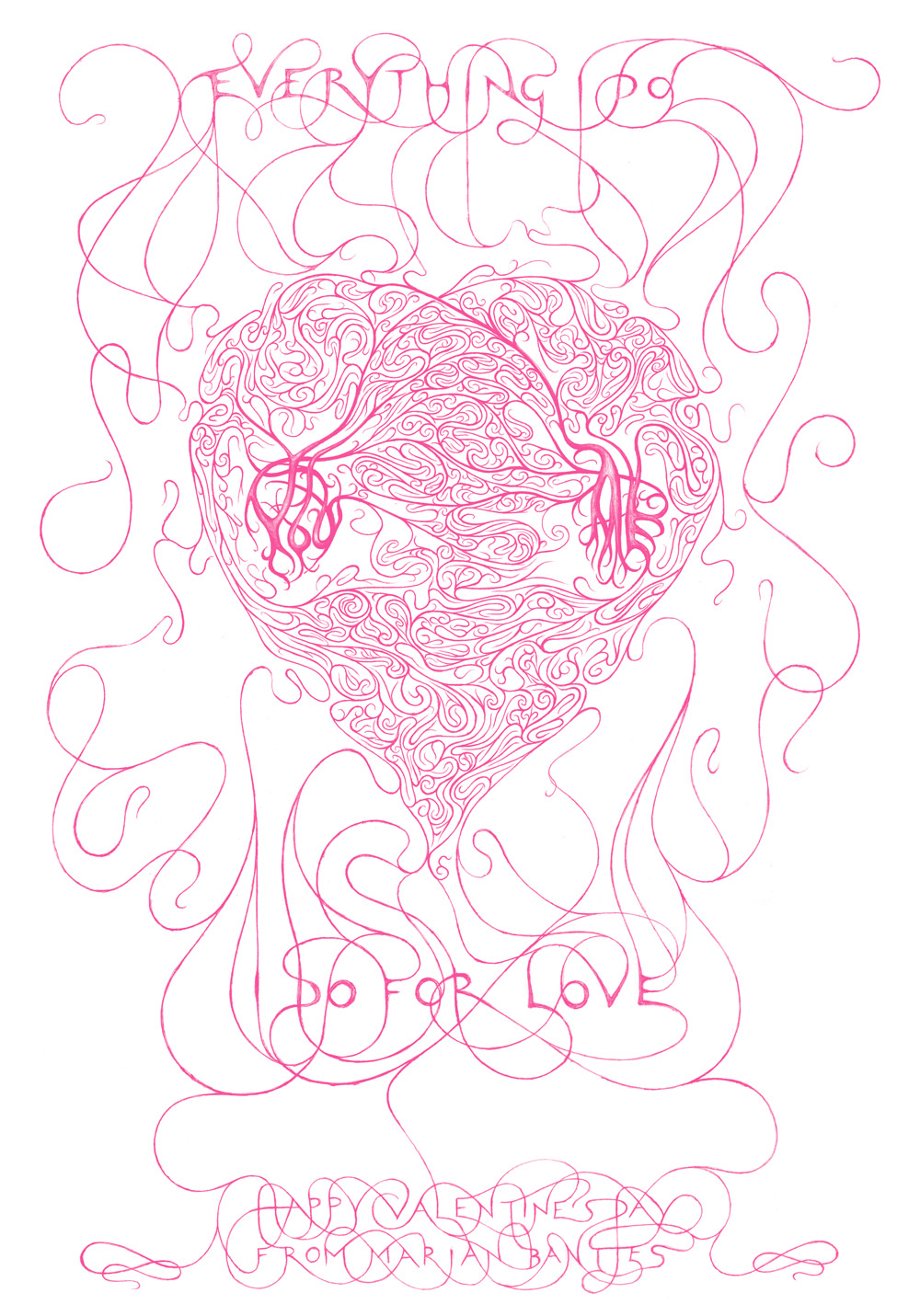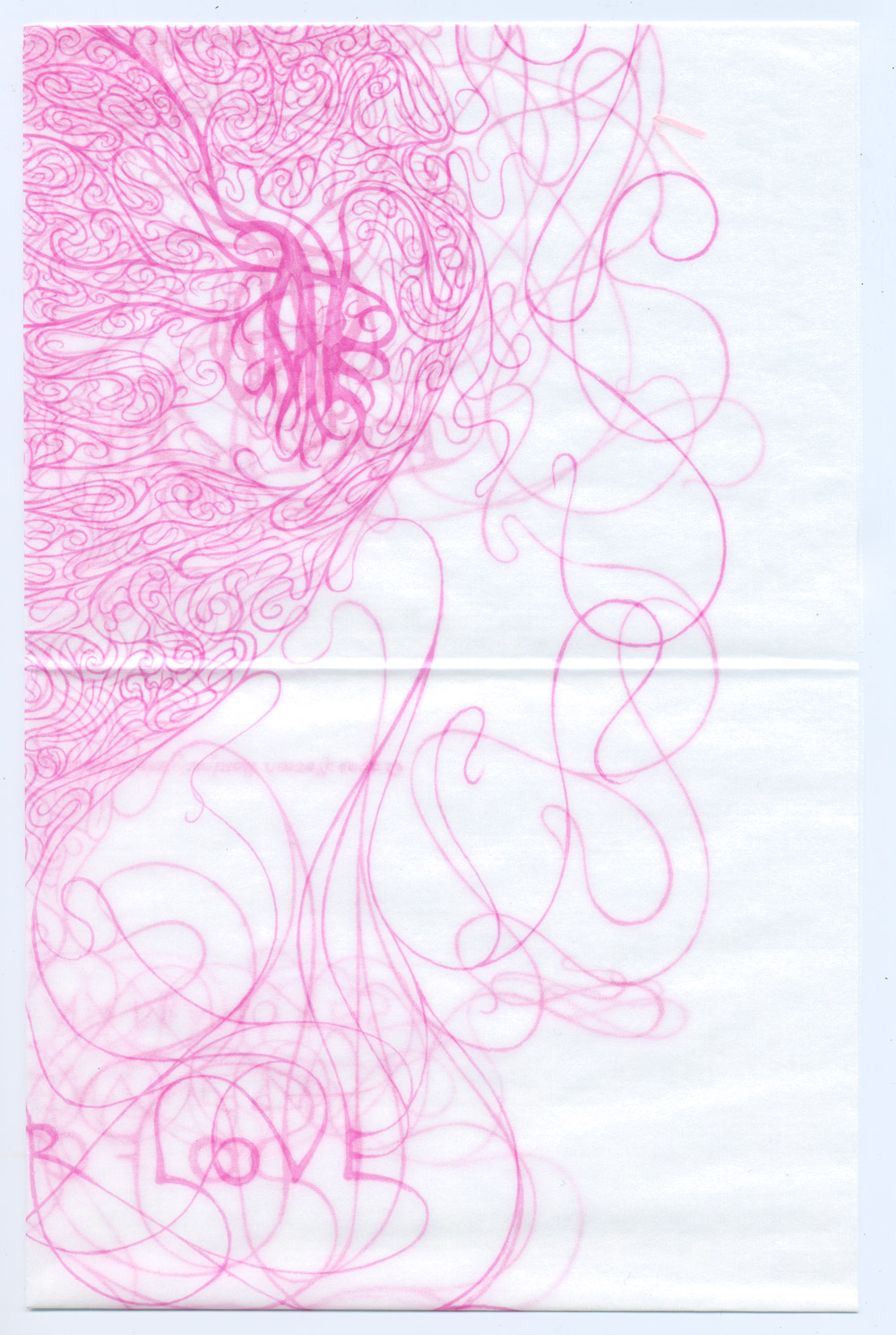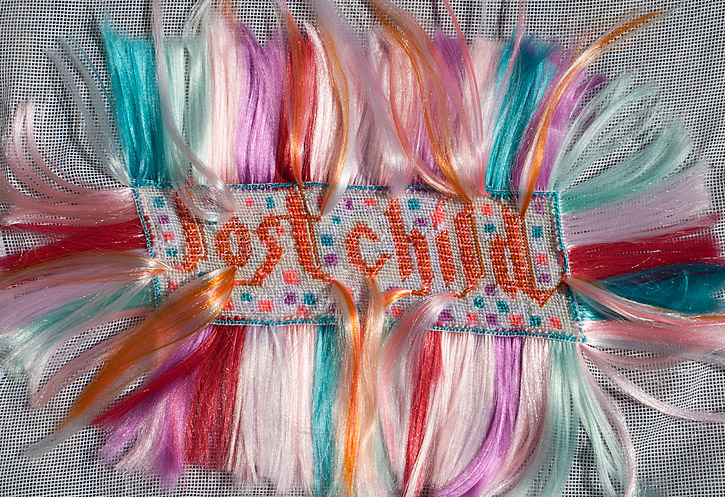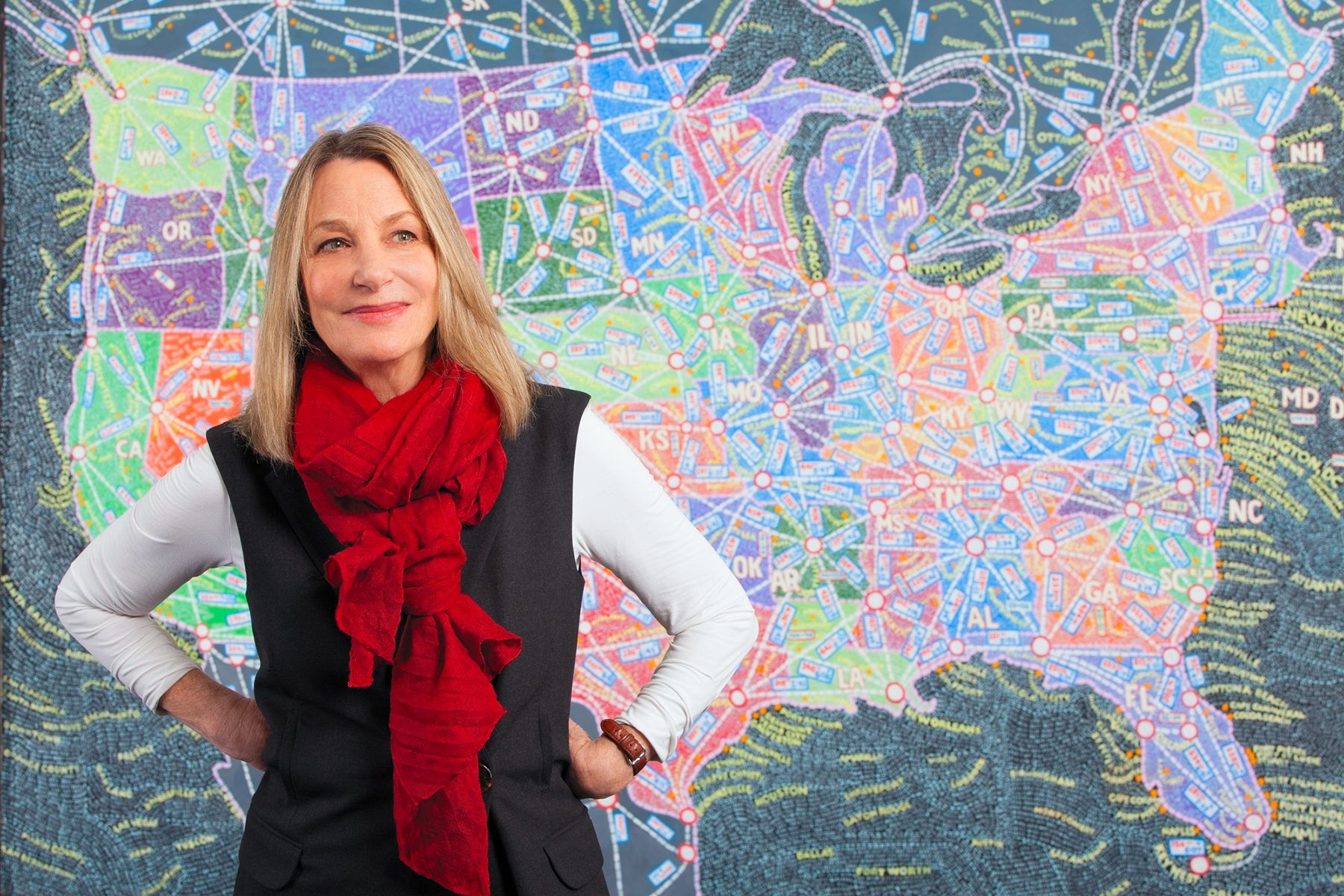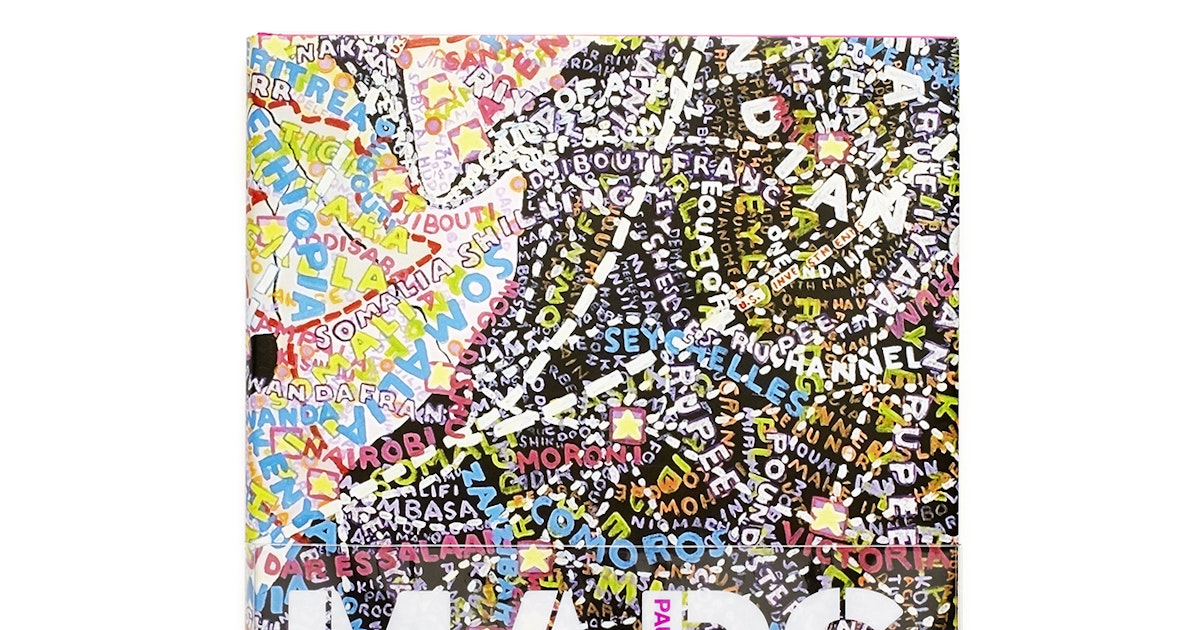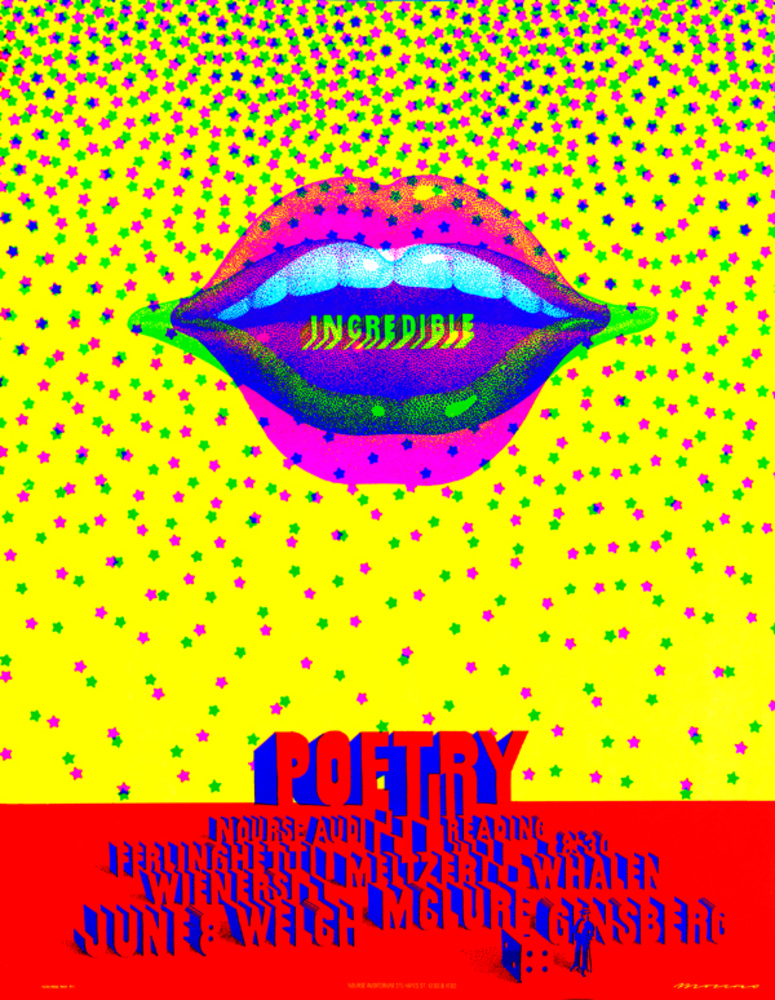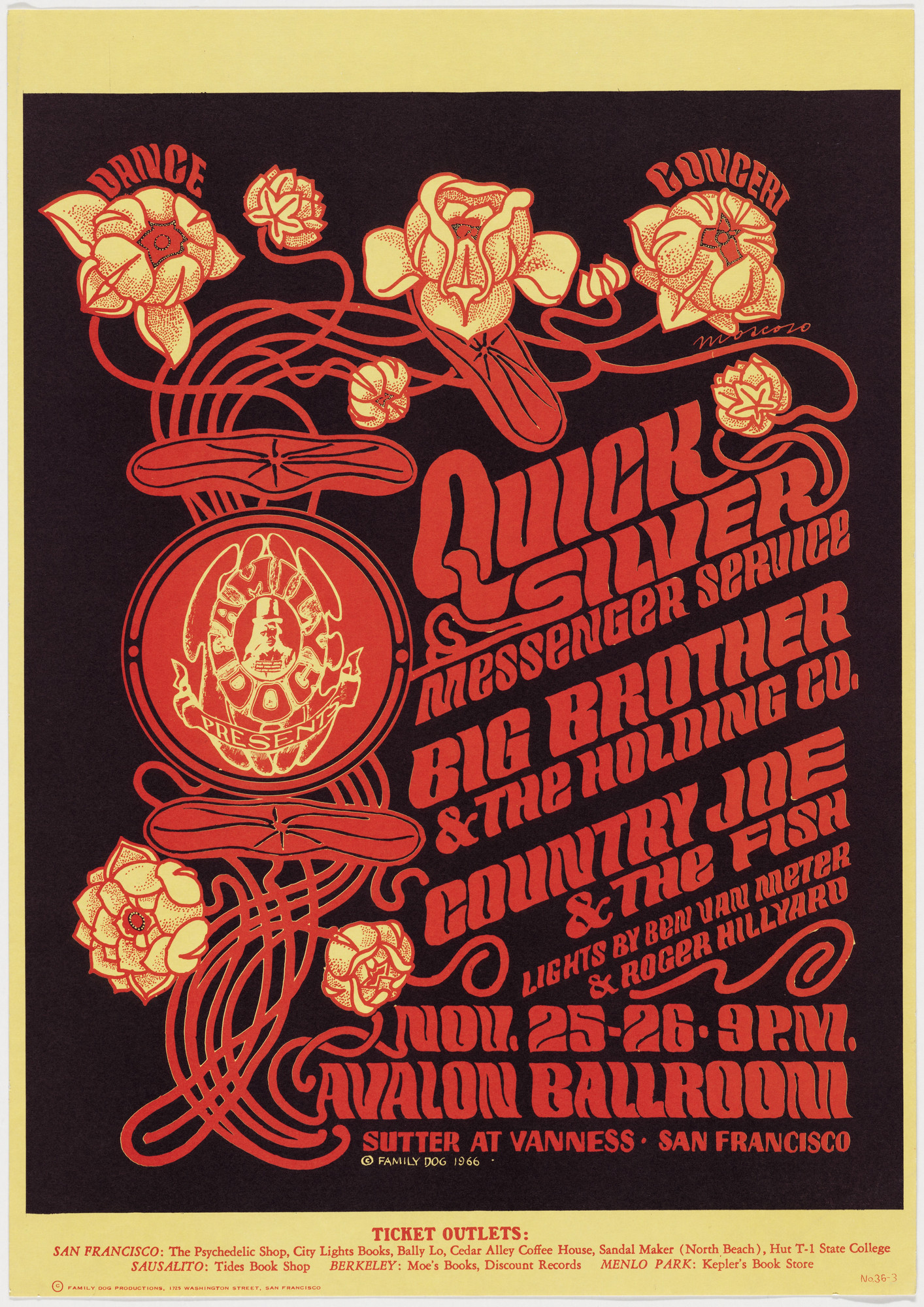What are we communicating?
I will be working with Cale Cooper on the reconciliation project and we hope to use a podcast to address the Truth and Reconciliation of Canada’s 84th call to action:
84. We call upon the federal government to restore and increase funding to the CBC/Radio-Canada, to enable Canada’s national public broadcaster to support reconciliation, and be properly reflective of the diverse cultures, languages, and perspectives of Aboriginal peoples, including, but not limited to:
i. Increasing Aboriginal programming, including Aboriginal-language speakers.
ii. Increasing equitable access for Aboriginal peoples to jobs, leadership positions, and professional development opportunities within the organization.
iii. Continuing to provide dedicated news coverage and online public information resources on issues of concern to Aboriginal peoples and all Canadians, including the history and legacy of residential schools and the reconciliation process.
Truth and Reconciliation Commission of Canada: Calls to Action, 2012
The call to action refers to an increase in funding needed for Aboriginal broadcasting.
In order to address this call to action, we are going to be creating a podcast that would address numerous issues that First Nations people across Canada face. We plan to include information on these topics:
- Residential School survivors
- Water advisories
- Harsh price increases for products being sold further up North for products such as baby formula and bottled water
We chose this call to action because podcast/radio is a very direct way for Indigenous voices to be heard and the medium is flexible and allows for many different issues to be covered.
Who are we communicating to?
We have decided that we will communicate to young adults in Canada who have learned a bit about Indigenous issues such as residential schools in their education but want to learn more.
We chose the podcast medium because many young adults listen to podcasts when they are working or sitting in their cars. Podcasts are available on platforms that are used most by younger people such as Spotify and Audible.
Sources
Residential Schools
- https://www.thecanadianencyclopedia.ca/en/article/residential-schools
- https://indigenousfoundations.arts.ubc.ca/the_residential_school_system/
Northern Food Prices:
- https://www.ctvnews.ca/canada/20-hamburgers-and-2-bananas-the-cost-of-food-insecurity-in-canada-s-north-1.5154743
- https://www.ctvnews.ca/climate-and-environment/climate-change-harming-indigenous-access-to-healthy-food-and-the-worst-is-yet-to-come-report-1.5154155


